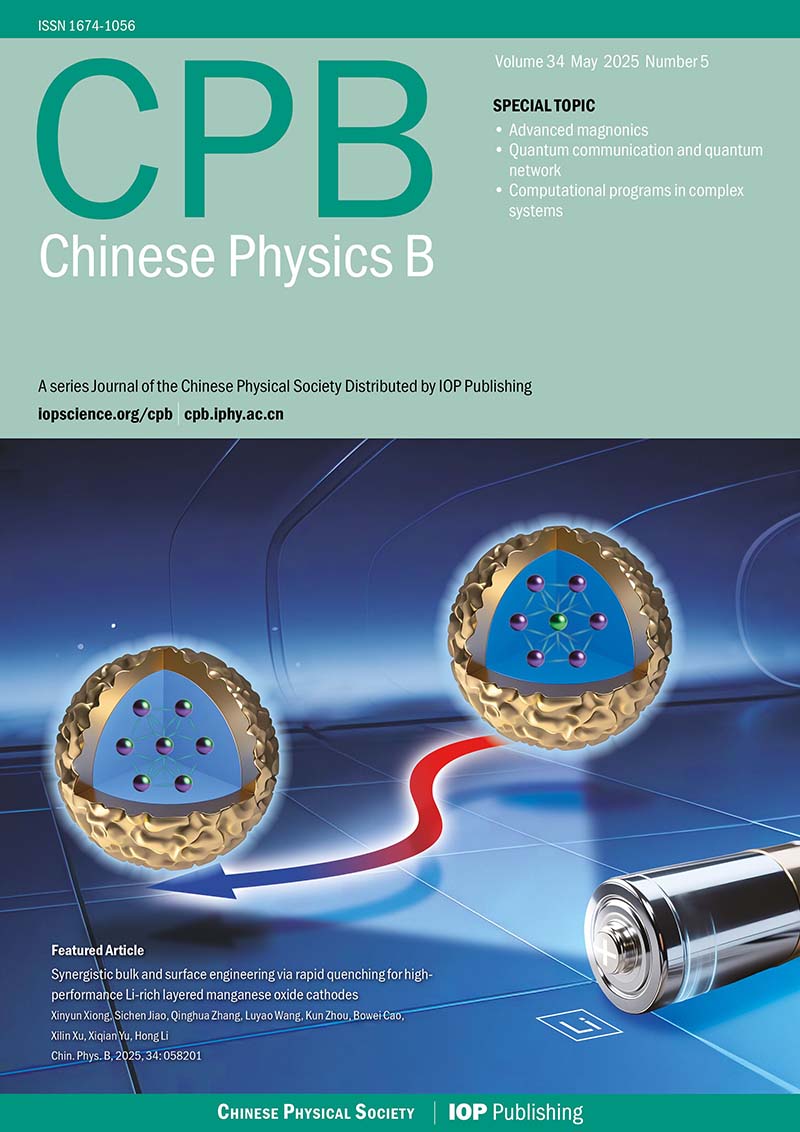Scanning transmission electron microscopy: A review of high angle annular dark field and annular bright field imaging and applications in lithium-ion batteries
- Available Online: 01/01/2018
-
Key words:
- scanning transmission electron microscopy /
- high angle annular dark field /
- annular bright field /
- lithium-ion batteries
Abstract: Scanning transmission electron microscopy (STEM) has been shown as powerful tools for material characterization,especially after the appearance of aberration-corrector which greatly enhances the resolution of STEM.High angle annular dark field (HAADF) and annular bright field (ABF) imaging of the aberration-corrected STEM are widely used due to their high-resolution capabilities and easily interpretable image contrasts.However,HAADF mode of the STEM is still limited in detecting light elements due to the weak electron-scattering power.ABF mode of the STEM could detect light and heavy elements simultaneously,providing unprecedented opportunities for probing unknown structures of materials.Atomiclevel structure investigation of materials has been achieved by means of these imaging modes,which is invaluable in many fields for either improving properties of materials or developing new materials.This paper aims to provide a introduction of HAADF and ABF imaging techniques and reviews their applications in characterization of cathode materials,study of electrochemical reaction mechanisms,and exploring the effective design of lithium-ion batteries (LIBs).The future prospects of the STEM are also discussed.

 首页
首页 登录
登录 注册
注册






 DownLoad:
DownLoad: